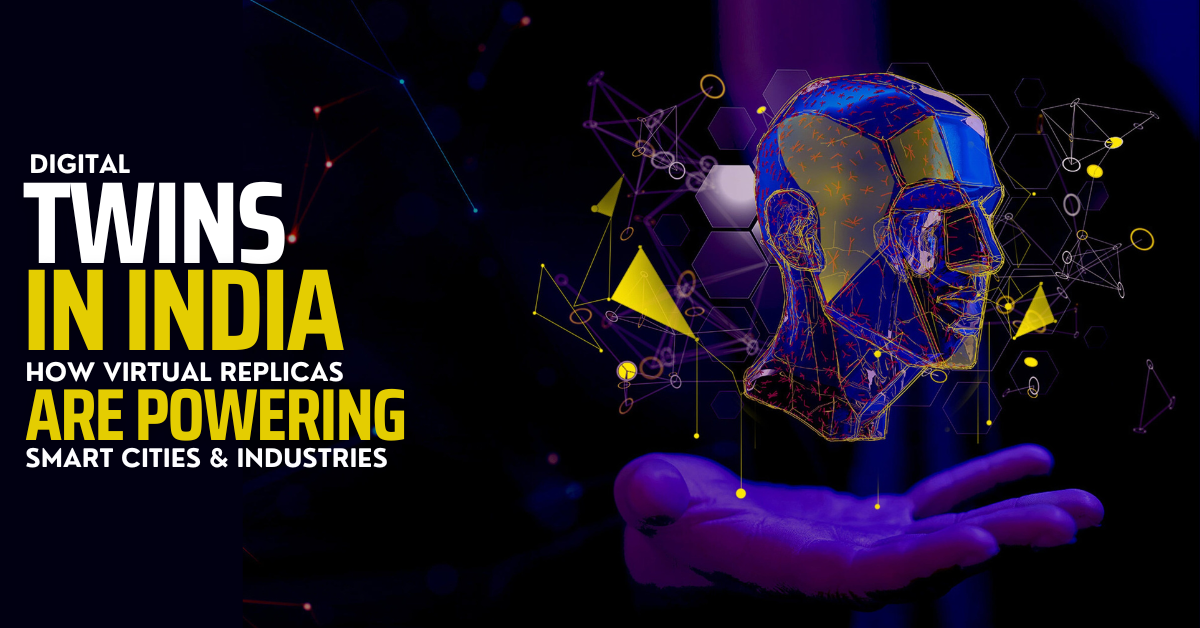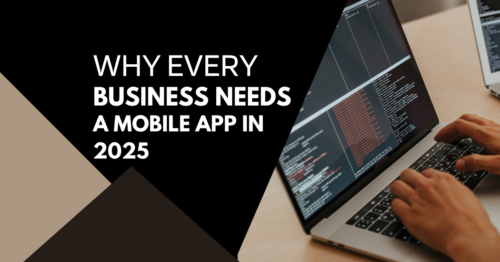Introduction: The Rise of Virtual India
Imagine if every building, road, factory, and utility in India had a real-time digital replica—a living, breathing virtual model that could predict problems, improve performance, and guide decision-making. Welcome to the world of Digital Twins, where data meets simulation, and India’s digital future is being built not just with bricks, but with bytes.
In 2025, India’s smart cities, manufacturing plants, rail networks, and energy grids are beginning to rely on digital twins to optimize infrastructure, reduce downtime, and improve public services. Quietly and efficiently, these virtual models are reshaping how India works, builds, and innovates.
What Are Digital Twins?
A Digital Twin is a virtual representation of a physical object or system, updated continuously through real-time data. These twins:
Mirror real-world assets (like machines, buildings, or cities)
Use IoT sensors, AI, and analytics to monitor performance
Simulate possible outcomes and optimize operations
Predict failures or suggest improvements
From a single elevator to an entire smart city, anything physical can have a digital twin — giving planners, engineers, and administrators unprecedented insight and control.
Why India Needs Digital Twins Now
India is urbanizing and industrializing at record speed. Yet, the challenges are massive:
Aging infrastructure in urban centers
Unpredictable power and water systems
Overburdened public transport and roadways
Pressure to meet sustainability goals
Digital twins are not just futuristic tools — they are practical solutions for solving India’s most urgent problems.
1. Digital Twins in Smart City Development
India’s 100 Smart Cities Mission is driving investment in technology for urban growth. Digital twins are now a core part of this strategy.
Cities like Bengaluru, Surat, and Pune have started building urban digital twins to:
Simulate traffic patterns
Manage water and electricity flows
Monitor air pollution in real time
Predict maintenance needs in roads, bridges, and lighting
Plan urban expansion without disrupting lives
For example, Surat Municipal Corporation created a digital twin of city infrastructure to improve flood management using rainfall data, drainage modeling, and real-time sensors.
2. Industrial Use: Smarter Manufacturing with Digital Twins
Indian factories and industrial zones are adopting digital twins to move toward Industry 4.0. Especially in sectors like:
Automotive
Textiles
Pharmaceuticals
Steel and mining
Digital twins in manufacturing help by:
Monitoring machine health and predicting breakdowns
Optimizing energy usage and reducing waste
Testing product designs virtually before physical prototypes
Training staff through virtual simulations
Connecting supply chain operations
Companies like Tata Steel, Mahindra, and L&T are using digital twins to cut downtime and increase output by analyzing production line behavior in real time.
3. Infrastructure and Utilities: Build Once, Improve Forever
India’s massive infrastructure push — including railways, highways, and energy grids — benefits significantly from digital twins.
Indian Railways is using digital twins to model train movements, reduce congestion, and prevent derailments.
Smart water systems in Hyderabad use real-time simulations to prevent water leakage and ensure 24×7 supply.
Energy distribution companies like Adani and Tata Power are applying digital twins to forecast demand and avoid blackouts.
These use cases save crores of rupees in losses while improving efficiency and reliability.
4. Healthcare and Public Safety: Virtual Planning, Real Lives
Digital twins aren’t limited to cities and machines — they’re entering healthcare and emergency response too.
Hospitals can create digital twins of patients for personalized treatment planning
State governments can simulate pandemic spread scenarios
Fire departments can pre-map evacuation plans for crowded markets or complexes
During COVID-19, several cities created virtual hospital and oxygen supply maps to make real-time decisions on resource allocation.
Key Benefits of Digital Twins in India
| Advantage | Impact on India |
|---|---|
| Predictive Maintenance | Saves costs in transport, power, and manufacturing |
| Urban Planning | Prevents congestion, flooding, pollution |
| Resource Optimization | Efficient water, fuel, energy use |
| Faster Emergency Response | Better disaster preparedness in real time |
| Workforce Training | Safe simulations for dangerous or complex jobs |
Challenges to Adoption — and the Road Ahead
While the potential is massive, India still faces roadblocks:
Lack of skilled data and AI professionals
Fragmented legacy systems in older cities and industries
Data privacy and cybersecurity concerns
High initial investment cost for twin infrastructure
Yet with rising adoption of IoT, AI, and 5G, digital twins are no longer optional. They are essential tools in building a sustainable, efficient, and responsive India.
Startups and Innovation in the Space
A number of Indian startups and innovators are diving into the digital twin ecosystem:
Prescience Insilico – Specializing in healthcare digital twins
Lemnisk – Creating customer journey twins in financial services
Intugine – Mapping logistics supply chains with real-time twins
eGovernments Foundation – Helping build digital public infrastructure for cities
India’s developer and data science talent is now a key part of this transformation.
Conclusion: Digital India Has a Twin Now
From buildings to buses, power plants to patients — India is quietly building a virtual layer over its real-world infrastructure. Digital twins will power how India plans, builds, maintains, and evolves — faster, safer, and smarter.
And unlike most tech revolutions, this one is rooted in real-world impact — from cleaner streets and smoother trains to fewer power cuts and safer hospitals.
In 2025 and beyond, the twin isn’t just a digital model — it’s India’s partner in progress.
Read
Digital Twin Technology: How Virtual Replicas Are Powering Smarter Cities
Exploring the Future of Digital Twin Technology in India: Opportunities and Challenges







